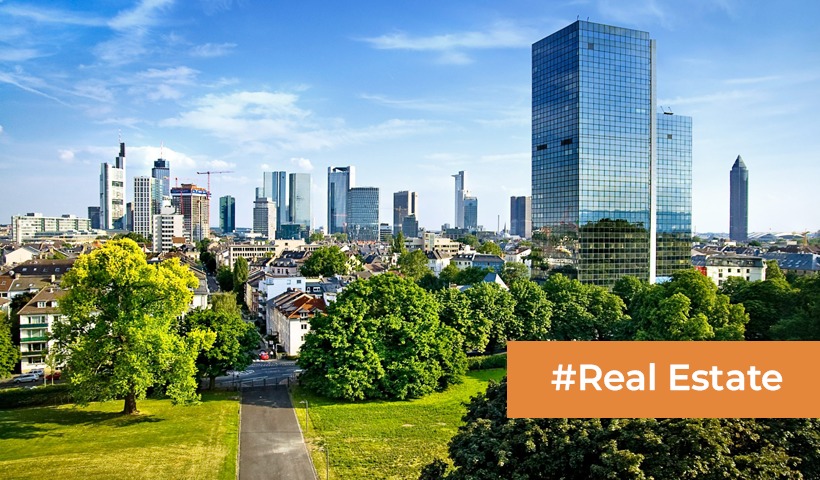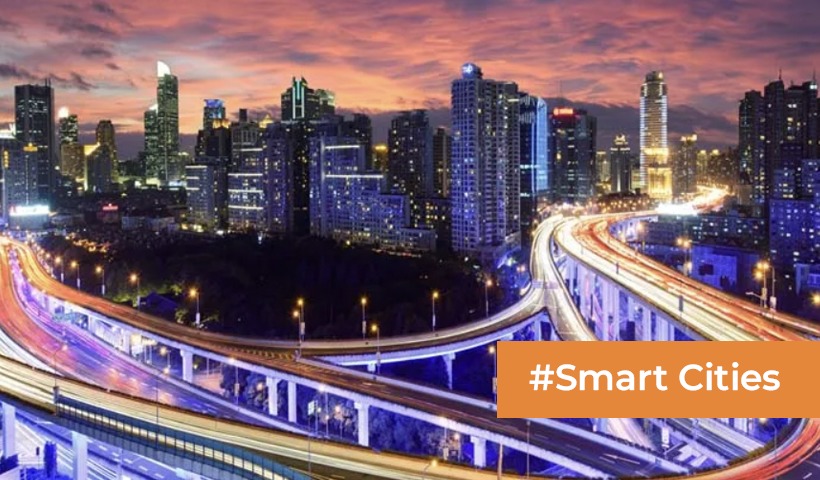Buildings that use zero energy are the next significant step toward a brighter future
Environmental change is a fact of life. Unusual weather rains in India, storms in Europe, wildfires in California, and record-breaking summer temperatures are all examples of the influence of global warming on extreme weather occurrences throughout the world.
Governments have begun to advertise their aim to become “greener” as a result of the toll exacted by catastrophic weather occurrences and increased environmental consciousness among their populations. At the just finished COP-26 climate summit in Glasgow, India made a commitment to become carbon-neutral by 2070.
Although high-emissions sectors of the economy have deservedly received attention, the development industry has the potential to make significant reductions in emissions. India is rapidly industrializing and urbanizing. It is also attempting, rather strangely, to clean up the air in its cities. Resource conservation and urbanization are often thought to be mutually incompatible, however this is not the case. Net Zero Energy buildings are the answer.
What exactly are net-zero-energy structures?
Buildings that are net zero energy assist to prevent climate change by cutting energy-related emissions dramatically. They generate as much power as they use, with the energy generated coming from a combination of onsite and offsite renewable energy sources. In other words, companies rely on renewable secondary energy sources to reduce their carbon impact.
This is accomplished via the use of climate-responsive design and technological solutions. Renewable energy sources, on-site or off-site, are used to meet efficient energy requirements. To satisfy demand, a building or facility can employ sustainable energy sources such as solar PV, renewable power, or onsite geothermal energy. Reduced energy usage, increased fuel efficiency, and better energy stability are all obvious financial advantages of such structures.
It provides increased energy availability and interior and exterior air quality in deprived locations. Through the use of advanced house battery packs and power management systems to allow owner occupiers to better control their energy usage, these structures can even become energy secure and efficient. Buildings may also become positive overall with proper planning, allowing occupants to live low-carbon lives.
Policy formulation and execution
According to the Natural Resources Défense Council (NRDC) and the Administrative Staff College of India (ASCI), adopting the Compliance with Building Code (ECBC) throughout the nation from 2019 to 2030 will reduce 1,065 tonnes of carbon dioxide emissions. The primary pillar of India’s carbon neutrality promise might be energy-efficient buildings. Decarbonizing the sustainable construction is crucial to building a sustainable low-carbon Indian economy since it consumes a lot of energy and has a big carbon footprint. With this in view, the Indian Green Building Council (IGBC) introduced the ‘IGBC Net Zero Energy Buildings Rating System’ in 2018 for both new and existing structures. The building sector in India provides significant opportunity to minimize emissions in the battle against climate change.
Applying the proper approach, design components, building supplies, and usage of the appropriate equipment throughout the use phase can result in net zero energy structures. Assessing the building’s power usage using micro-climate research, modelling, and on-site observations is the first stage. We can create physiologically pleasant dwellings without relying on external cooling using a weather patterns design concept. The goal of developing net zero buildings is to reduce demand. The next stage may be to identify and apply passive design elements as well as active tactics like light detectors, motion detectors, motion detectors, and energy-efficient 5-star-rated air-conditioning, among other things.Its third phase is meticulously developing alternate energy supply options that are both sustainable and low-emission. If on-site renewable energy sources cannot meet the whole energy demand, off-site renewable energy sources can be used to meet the requirement.
Realizing the possibilities
Building development (and energy consumption) has increased dramatically as a result of expanding population and urbanisation. Zero-carbon structures are gaining significance in India, which is working not just to cut pollution but also to drastically enhance access to electricity in both rural and urban regions. Net zero energy structures might be a game-changer not only for India’s construction industry, as well as for the energy sector, since every kilowatt-hour conserved is energy that can be used somewhere. Buildings that are net zero energy can also help to democratize required power and access to electricity.
Given the large initial costs of comprehending, executing, and sustaining net zero energy use, the pace during which similar solutions are now being implemented is increasing due to increased knowledge amongst stakeholders. When opposed to just retrofitting elements into existing projects, including this mindset into the whole chain, starting from the project’s conception and design, may considerably reduce the upfront cost. Given the importance of, and potential for, sustainable development in India, net zero energy buildings may become an indispensable feature of the country’s future real estate markets.
Net zero energy buildings are a practical approach to cut energy use while also lowering maintenance costs over time. Such buildings are designed and built in such a way that they produce all of the power they require by combining energy efficiency measures technology. One of the most efficient methods to establish financial advantages for the adoption of energy-efficient building structures and renewable energy sources is through government regulation. Financial incentives might make net zero energy buildings more appealing because they have a greater upfront cost. The building and real estate industry as a whole has a huge chance to offset the negative effects of carbon-intensive energy consumption by developing net zero energy initiatives for a more sustainable society.
Disclaimer: The views expressed above are for informational purposes only based on industry reports and related news stories. PropertyPistol does not guarantee the accuracy, completeness, or reliability of the information and shall not be held responsible for any action taken based on the published information.




